Apnea del sueño: una guía canadiense sobre síntomas, diagnóstico y tratamiento
¿Te sientes cansado a pesar de haber dormido bien toda la noche? ¿Tu pareja se queja de tus ronquidos? Quizás seas uno de los muchos canadienses afectados por la apnea del sueño. Es una afección común, pero a menudo no se diagnostica. De hecho, se estima que 1 de cada 4 adultos canadienses tiene un alto riesgo de padecer o desarrollar apnea obstructiva del sueño (AOS), la forma más prevalente de esta afección. Esta guía, adaptada para canadienses, le permitirá comprender los síntomas de la apnea del sueño, cómo se diagnostica dentro de nuestro sistema de atención médica y el proceso de tratamiento que puede esperar.
¿Qué es exactamente la apnea del sueño?
La apnea del sueño es un trastorno del sueño en el que la respiración se detiene y se reinicia repetidamente durante la noche. Estas pausas, conocidas como apneas, pueden durar desde unos segundos hasta minutos y pueden ocurrir muchas veces por hora. El tipo más común es la apnea obstructiva del sueño (AOS) . Esta ocurre cuando los músculos de la parte posterior de la garganta se relajan demasiado durante el sueño, lo que provoca que las vías respiratorias se estrechen o se bloqueen. Cuando dejas de respirar, tu cerebro te activa brevemente para que reanudes la respiración, a menudo tan rápido que no lo recuerdas. Sin embargo, estos microdespertares interrumpen tu ciclo de sueño, impidiéndote obtener el sueño profundo y reparador que tu cuerpo necesita.
Si bien la AOS es la más común, existen otros tipos, como la apnea central del sueño (ACS), en la que el cerebro no envía las señales adecuadas a los músculos que controlan la respiración, y la apnea del sueño compleja o mixta, que es una combinación de AOS y ACS. Es importante que su proveedor de atención médica determine qué tipo puede tener, ya que los tratamientos pueden variar.
Reconociendo los síntomas: Más que solo ronquidos
Si bien los ronquidos fuertes y habituales son un signo distintivo de la apnea del sueño, no son el único. Muchas personas desconocen que padecen esta enfermedad y los síntomas pueden desarrollarse a lo largo de muchos años. A continuación se presentan algunos síntomas comunes de apnea del sueño que los residentes de Canadá deben tener en cuenta:
- Somnolencia diurna excesiva o fatiga: sentirse cansado y aturdido incluso después de lo que creía haber sido una noche completa de sueño es un indicador principal. Esto puede afectar su concentración y desempeño laboral.
- Pausas respiratorias observadas: Su pareja podría notar que usted deja de respirar, jadea o se ahoga mientras duerme.
- Despertarse sin sentirse descansado: A pesar de pasar suficientes horas en la cama, no se siente descansado.
- Dolores de cabeza matutinos . Dificultad para concentrarse o problemas de memoria . Irritabilidad o cambios de humor .
- Despertarse con la boca seca o dolor de garganta.
- Micción frecuente durante la noche (nicturia) .
Es importante tener en cuenta que las mujeres pueden experimentar síntomas atípicos con mayor frecuencia, como insomnio, deterioro de la memoria, alteraciones del estado de ánimo y reflujo. Si alguno de estos síntomas le suena familiar, es hora de hablar con su médico.
El camino canadiense hacia el diagnóstico: qué esperar
Si sospecha que padece apnea del sueño, el primer paso es consultar a su médico de cabecera. Su papel en la evaluación inicial es crucial. A continuación se muestra un diagnóstico típico de la apnea del sueño en Canadá :
- Consulta inicial con su médico de familia: Su médico le preguntará acerca de sus síntomas, hábitos de sueño e historial médico. Es posible que le realicen un examen físico para verificar si hay posibles bloqueos en las vías respiratorias, como amígdalas agrandadas, y evaluar factores de riesgo como la circunferencia del cuello y el índice de masa corporal (IMC). Esté preparado para hablar si ronca fuerte, se siente cansado durante el día o si alguien ha observado que deja de respirar durante el sueño.
- Derivación a un especialista o clínica del sueño: si su médico de cabecera sospecha que tiene apnea del sueño, probablemente lo derivará a un especialista del sueño o a una clínica especializada en el sueño. En Canadá, los especialistas del sueño suelen ser neumólogos o neurólogos con formación adicional en medicina del sueño.
-
Estudio del sueño (polisomnografía): es la prueba definitiva para diagnosticar la apnea del sueño.
- Estudio del sueño en el laboratorio: Este suele considerarse el método de referencia. Pasará una noche en un laboratorio del sueño donde varios sensores monitorean sus ondas cerebrales, frecuencia cardíaca, patrones respiratorios, niveles de oxígeno y movimientos corporales mientras duerme.
- Prueba de apnea del sueño en el hogar (HSAT): en muchos casos, en particular cuando se sospecha apnea del sueño, una prueba de sueño en el hogar puede ser una opción. Esto implica llevar a casa un dispositivo de monitoreo portátil, que se usa durante una o más noches. Si bien es más práctico, podría ser menos exhaustivo que un estudio en el laboratorio. Su especialista del sueño determinará el tipo de prueba más apropiado para usted.
- Recibir su diagnóstico: Después del estudio del sueño, un especialista en sueño analizará los resultados para determinar si tiene apnea del sueño, su tipo y su gravedad (generalmente medida por el índice de apnea-hipopnea o IAH, la cantidad de apneas o hipopneas por hora de sueño).
Vale la pena señalar que los tiempos de espera para estudios del sueño y citas con especialistas pueden variar según las provincias y regiones de Canadá. Su médico de familia o la clínica del sueño pueden brindarle información más específica sobre qué esperar en su área.
Su proceso de tratamiento: opciones para dormir mejor
Una vez diagnosticada, la buena noticia es que existen opciones eficaces para el tratamiento de la apnea del sueño en Canadá . El objetivo del tratamiento es restablecer la respiración regular durante el sueño, mejorar la calidad del sueño y reducir los riesgos para la salud asociados.
- Terapia de presión positiva continua en las vías respiratorias (CPAP): este es el tratamiento más común y generalmente el más eficaz para la apnea obstructiva del sueño de moderada a grave. Una máquina CPAP suministra un flujo constante de aire presurizado a través de una máscara que se coloca sobre la nariz, o nariz y boca, mientras duerme. Este flujo de aire actúa como una "férula de aire" para mantener las vías respiratorias abiertas. Muchos canadienses encuentran un alivio significativo con la terapia CPAP, y a menudo notan mejoras en la energía y el estado de alerta después de un corto período de uso.
- Aparatos bucales (dispositivos dentales): para algunas personas con AOS leve a moderada, o que no pueden tolerar la CPAP, un aparato bucal personalizado puede ser una opción. Estos dispositivos se usan en la boca durante el sueño y funcionan reposicionando la mandíbula o la lengua para mantener abiertas las vías respiratorias. Deben ser instalados por un dentista con formación especial en apnea del sueño, en colaboración con su médico del sueño.
-
Cambios en el estilo de vida: Ciertas modificaciones en el estilo de vida pueden ayudar significativamente a controlar la apnea del sueño, especialmente en casos más leves, o pueden complementar otros tratamientos. :
- Pérdida de peso: si tiene sobrepeso, perder incluso una cantidad moderada de peso puede reducir la gravedad de la AOS.
- Terapia posicional: Algunas personas solo experimentan apnea al dormir boca arriba. Aprender a dormir de lado puede ser útil.
- Evitar el alcohol y los sedantes: estas sustancias pueden relajar aún más los músculos de la garganta y empeorar la apnea.
- Dejar de fumar: fumar puede irritar e inflamar las vías respiratorias.
- Cirugía: En casos específicos, como cuando hay amígdalas agrandadas u otros problemas estructurales que causan bloqueo de las vías respiratorias, se podría considerar la cirugía. Esta suele ser una opción después de haber probado otros tratamientos o de que estos se consideren inadecuados.
- Medicamentos: si bien no son un tratamiento primario para la AOS en sí, se pueden recetar medicamentos para controlar la somnolencia diurna excesiva que persiste a pesar del uso eficaz de CPAP o para tratar afecciones subyacentes que contribuyen a la apnea central del sueño.
Su especialista del sueño le explicará el plan de tratamiento más adecuado para sus necesidades específicas, considerando el tipo y la gravedad de su apnea del sueño, su estado de salud general y su estilo de vida. La cobertura sanitaria provincial y los seguros privados para tratamientos como la CPAP pueden variar, por lo que es recomendable consultar con su proveedor o la autoridad sanitaria provincial para obtener más información.
Dando el siguiente paso
Comprender la apnea del sueño es el primer paso para recuperar energías y mejorar su salud general. Si experimenta síntomas, no dude en consultar con su médico de cabecera. Realizarse la prueba de apnea del sueño en Canadá es un proceso sencillo, y existen tratamientos eficaces para ayudarle a dormir mejor y llevar una vida más saludable.
En MedSupply, nos comprometemos a apoyar a los canadienses en su camino hacia una mejor salud respiratoria. Visite nuestro sitio web www.med-supply.net para obtener más información y recursos.


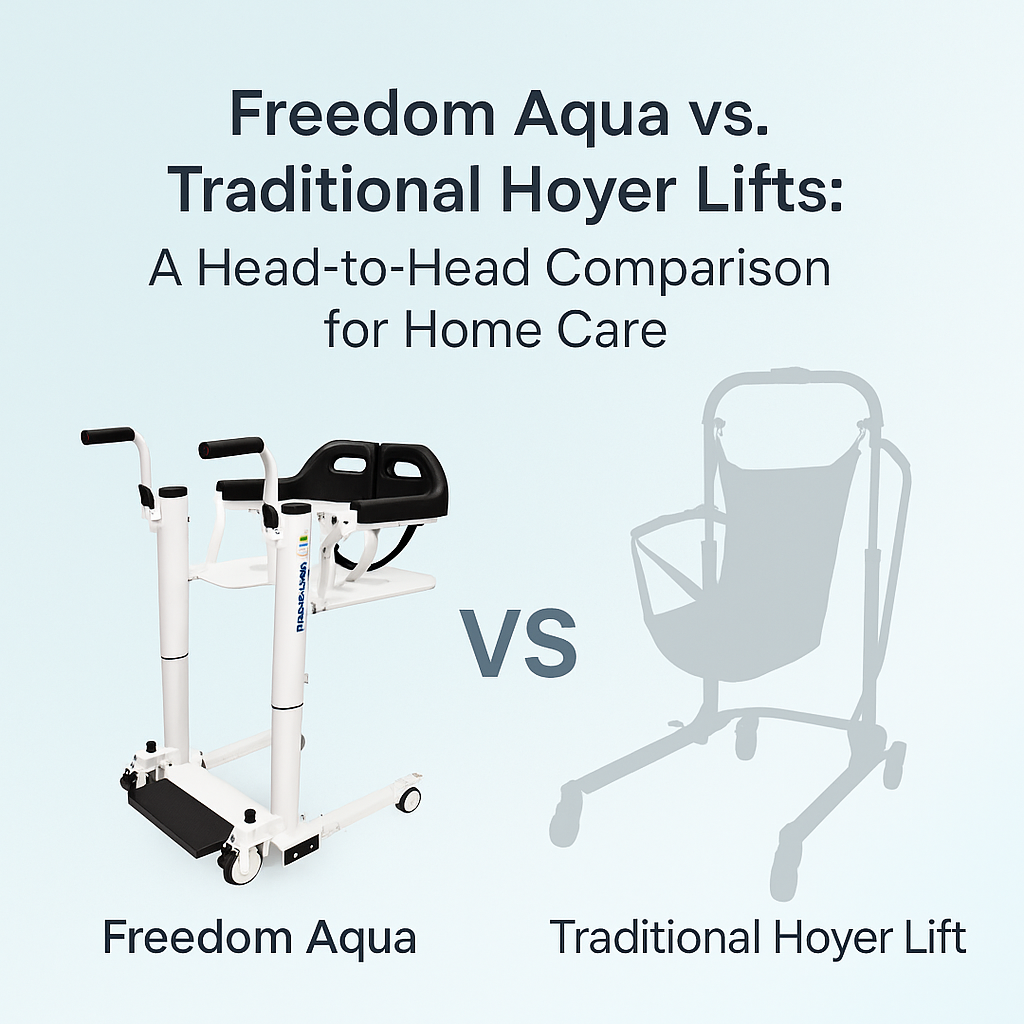
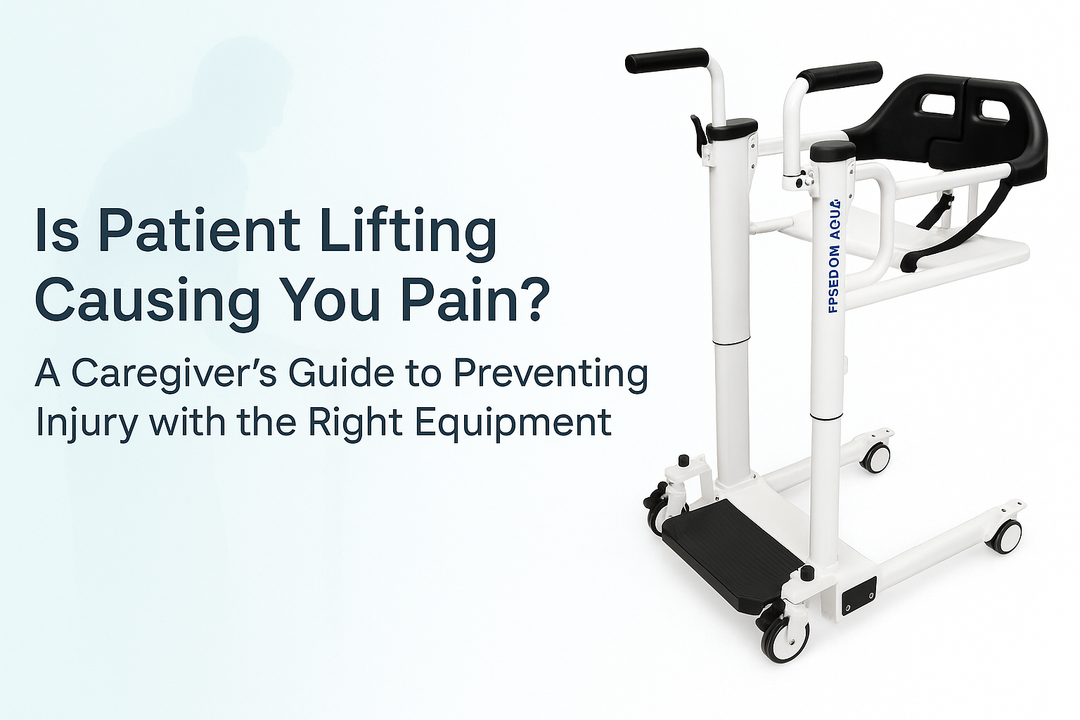
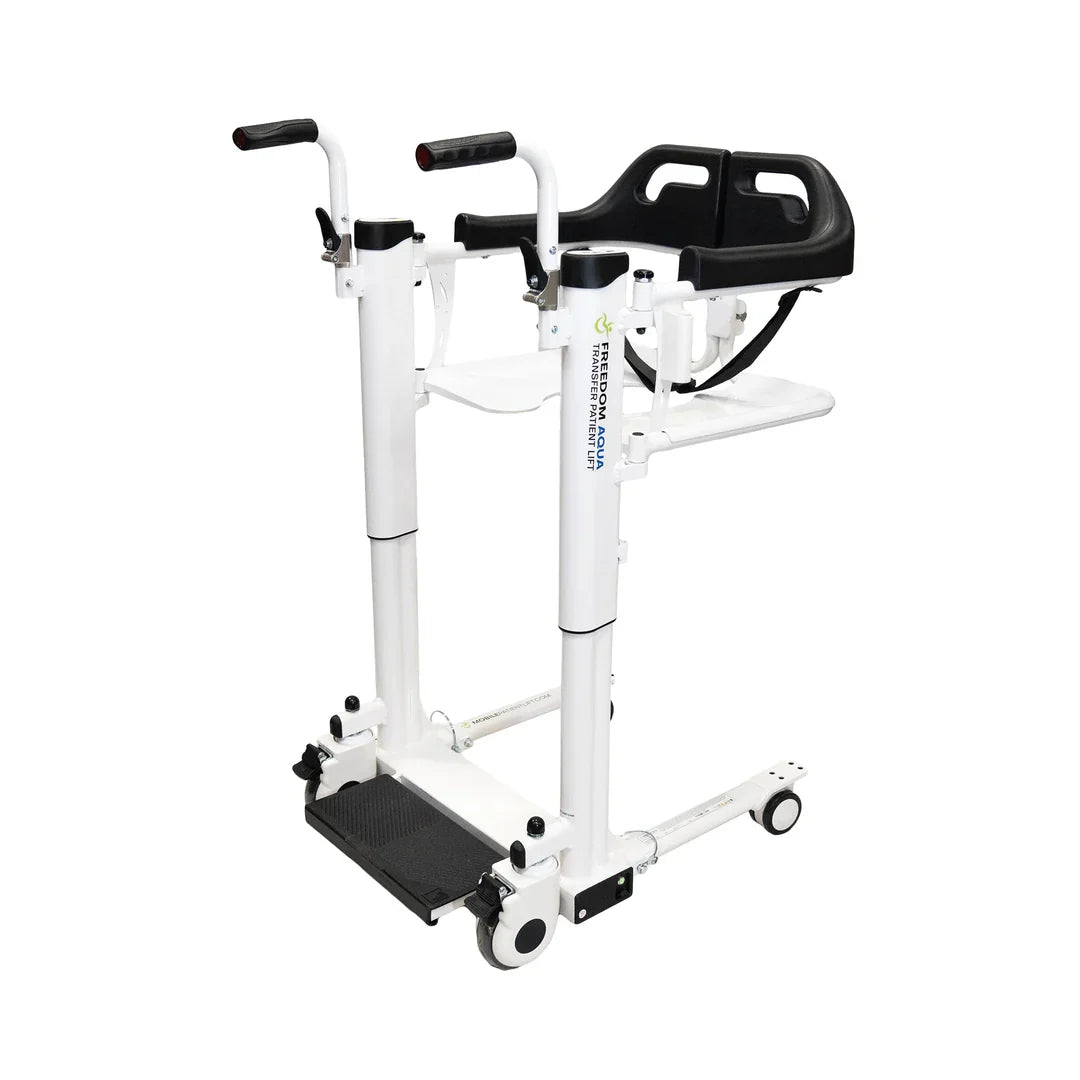
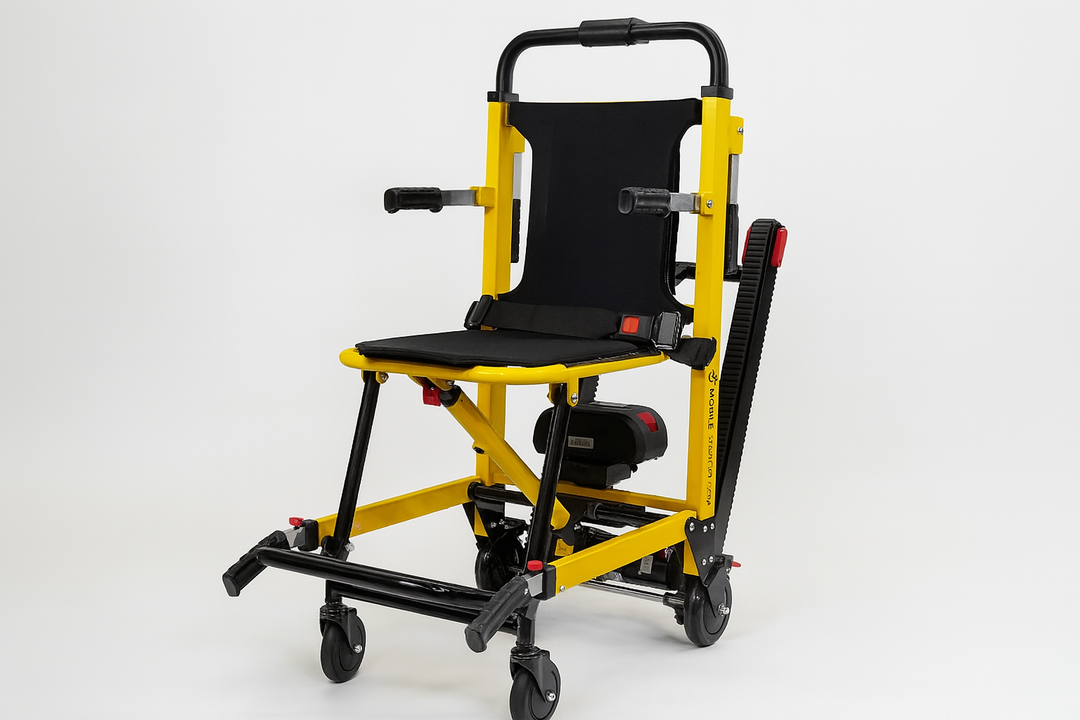
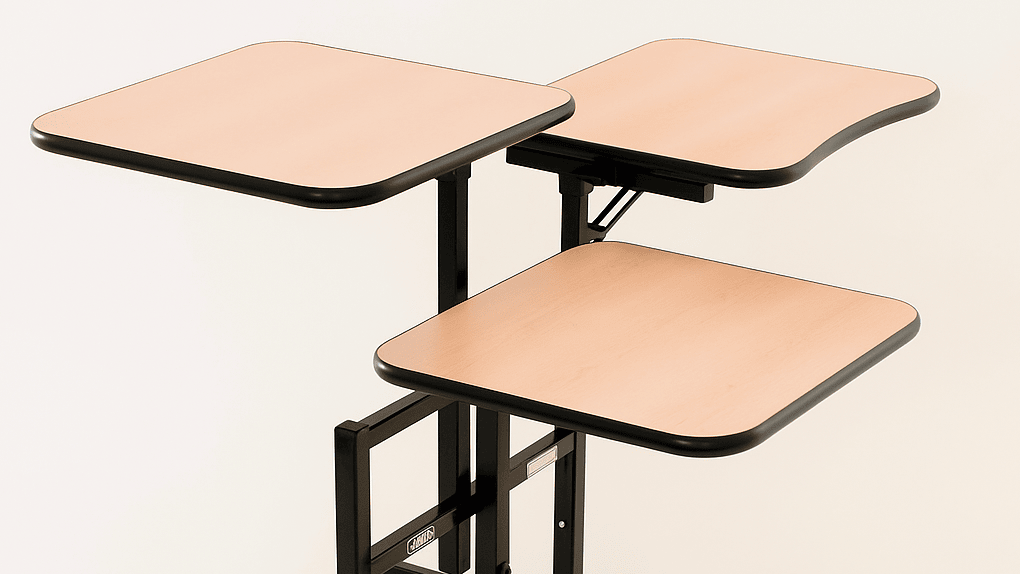
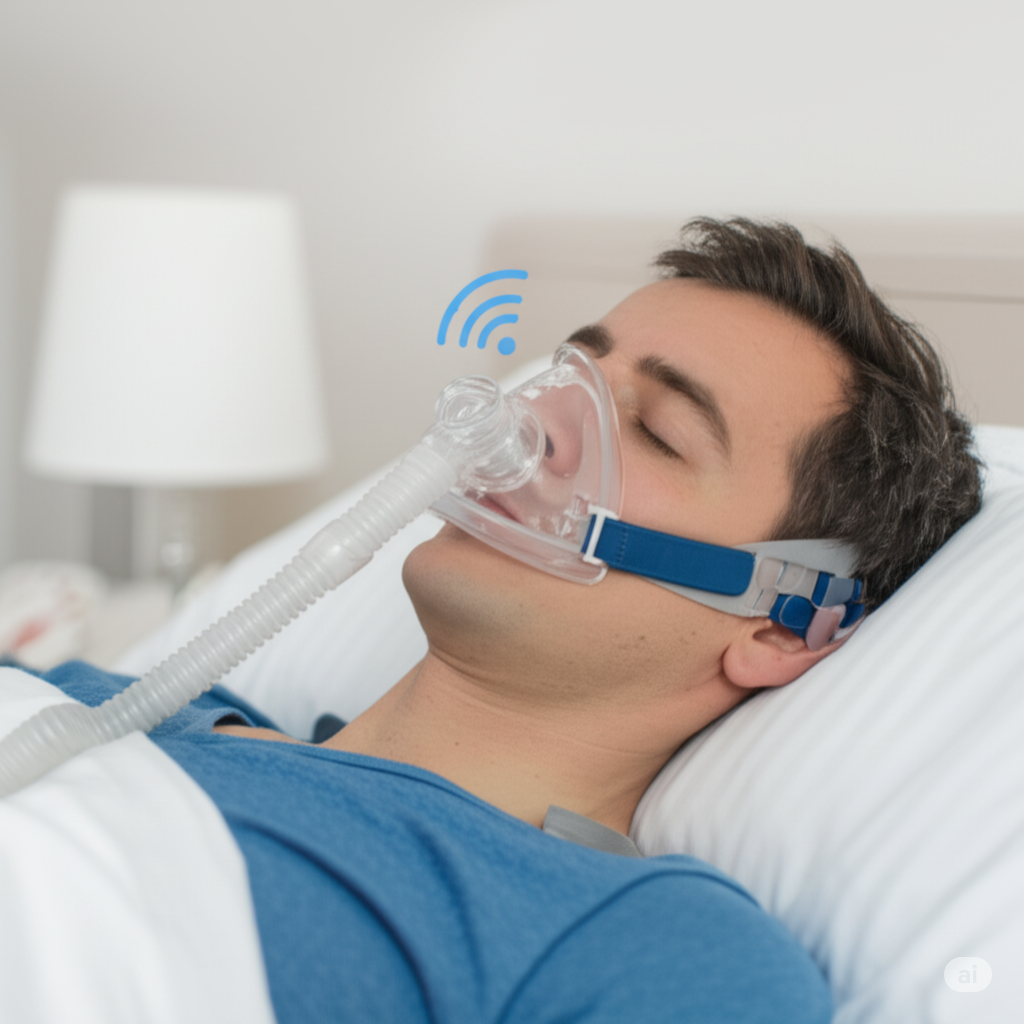
Dejar un comentario